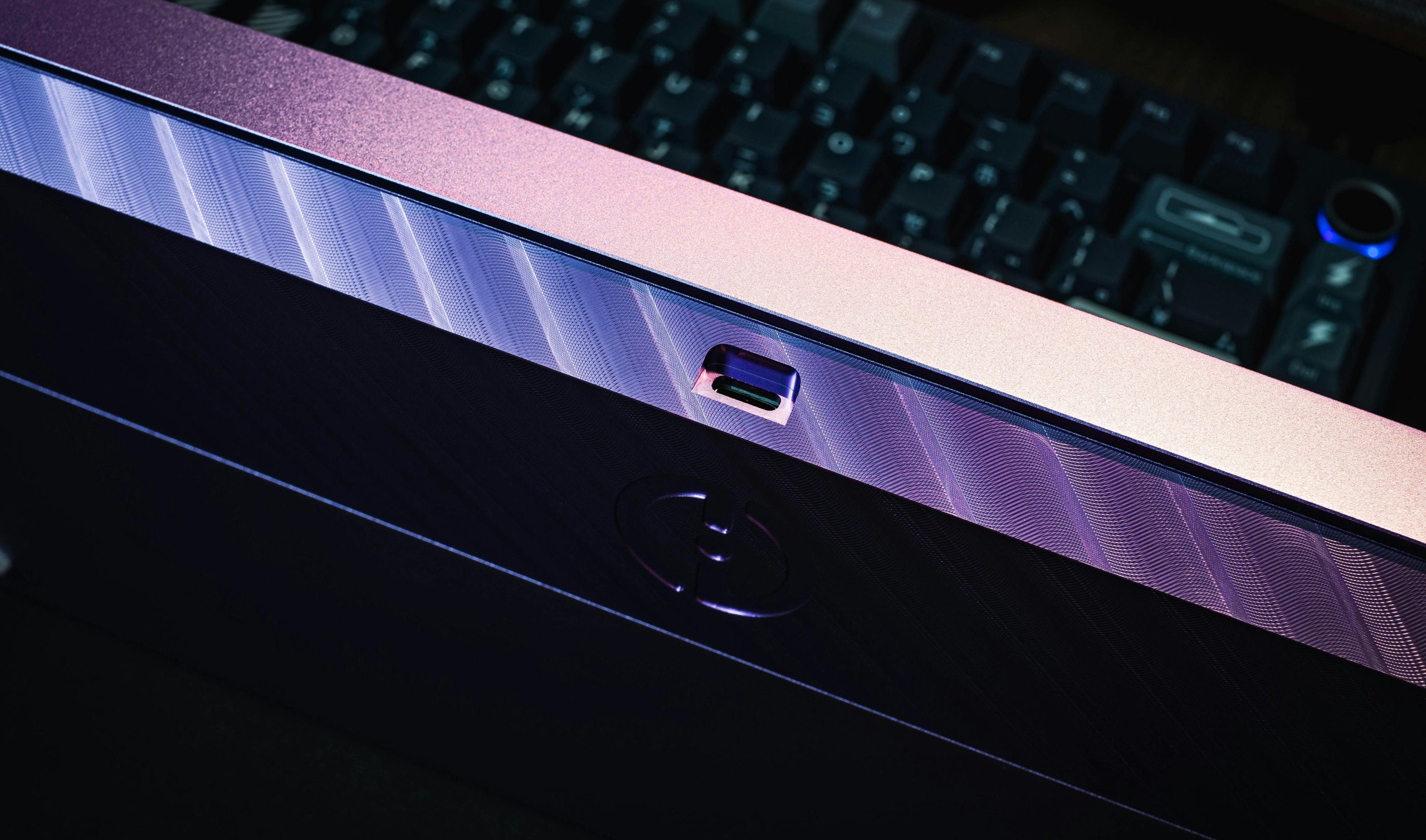How to Connect a USB-C Monitor to Your Desktop PC: A Professional Guide
In today’s evolving tech landscape, connecting high-quality displays to desktop computers often involves navigating various ports and compatibility considerations. If you’re looking to connect a USB-C monitor to your desktop PC efficiently—preferably with a single cable supplying both power and video—this guide provides clarity on the options available, focusing on a seamless, native display experience.
Understanding Your Setup
Before proceeding, let’s review your hardware configuration:
- Motherboard: Gigabyte X670 Aorus Elite
- Graphics Card: NVIDIA RTX 5080 Founders Edition
- Processor: AMD Ryzen 7800X3D
- Monitor: Dasung Paperlike 103—an innovative e-ink display known for its paper-like readability
Your goal is to connect this monitor directly to your PC, ensuring a clean setup without relying on screen mirroring solutions. Ideally, the monitor should receive both power and video input through a single USB-C cable. If this isn’t feasible, a secondary power cable can be used.
Key Considerations for Connecting a USB-C Monitor
- Compatibility and Native Support
The Dasung Paperlike 103 monitor features a USB-C port that supports video input, but compatibility with your PC’s graphics card and motherboard is essential. Since your GPU (RTX 5080) is modern, it likely supports DisplayPort or HDMI outputs, but the motherboard’s USB-C port’s capabilities depend on its specifications.
- USB-C Port Capabilities on the Motherboard
The Gigabyte X670 Aorus Elite supports USB-C, but its specifications determine whether it can natively deliver DisplayPort Alternate Mode (Alt Mode), allowing video transmission over USB-C. Verify the motherboard manual or specifications to ensure that the USB-C port supports video output.
-
Video Output Options
-
Direct USB-C to USB-C Connection: If your motherboard’s USB-C port supports video over Alt Mode, connect directly to the monitor with a high-quality USB-C cable.
-
Using a USB-C to DisplayPort Adapter: If the motherboard does not support video over USB-C, you can instead use your graphics card’s DisplayPort or HDMI outputs, paired with an appropriate adapter or cable compatible with the monitor.
-
Power Delivery
-
The Dasung Paperlike 103 typically requires external power. Use the monitor’s dedicated power port for reliable operation.
- Some monitors support Power Delivery (
Share this content:

